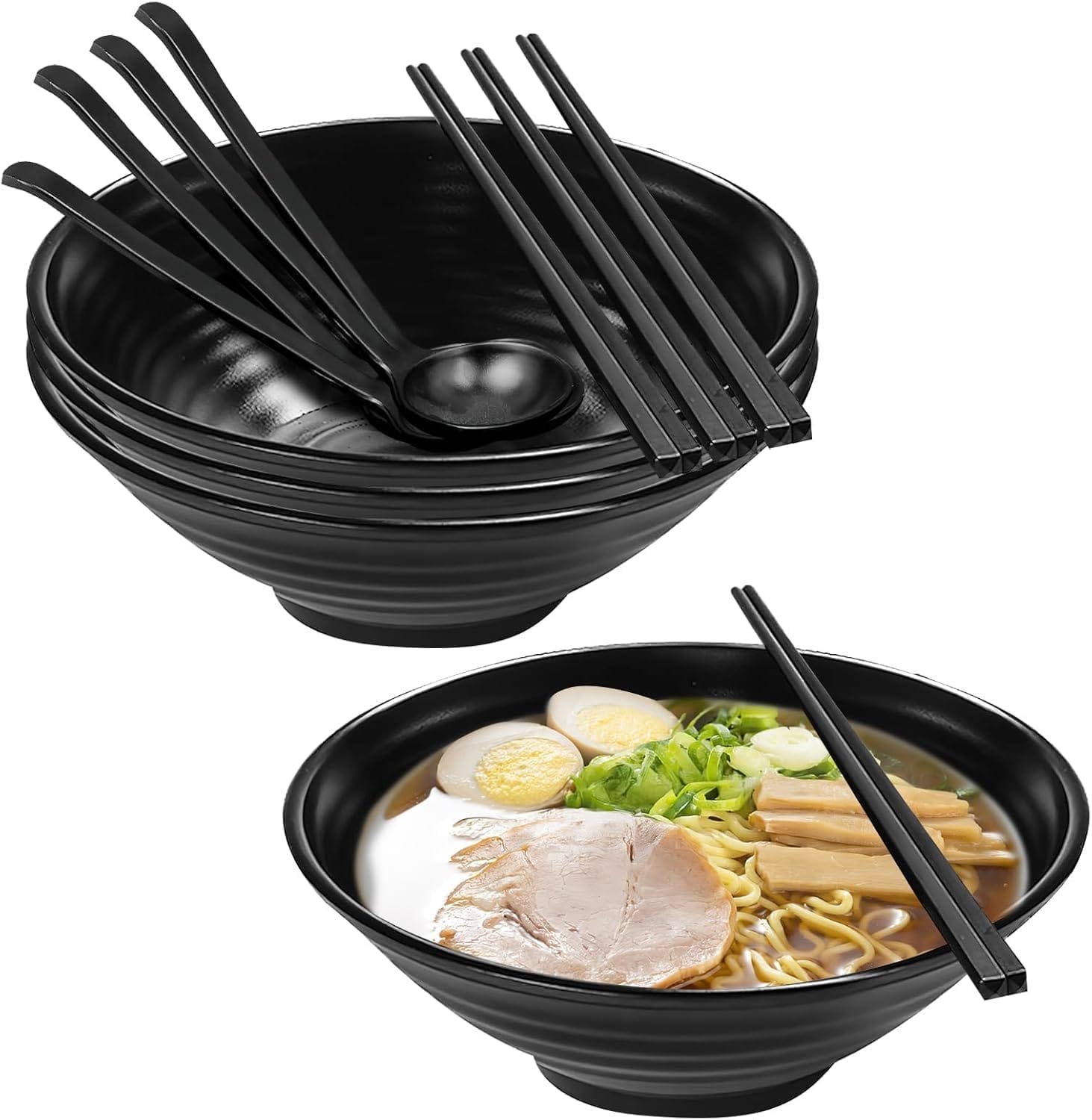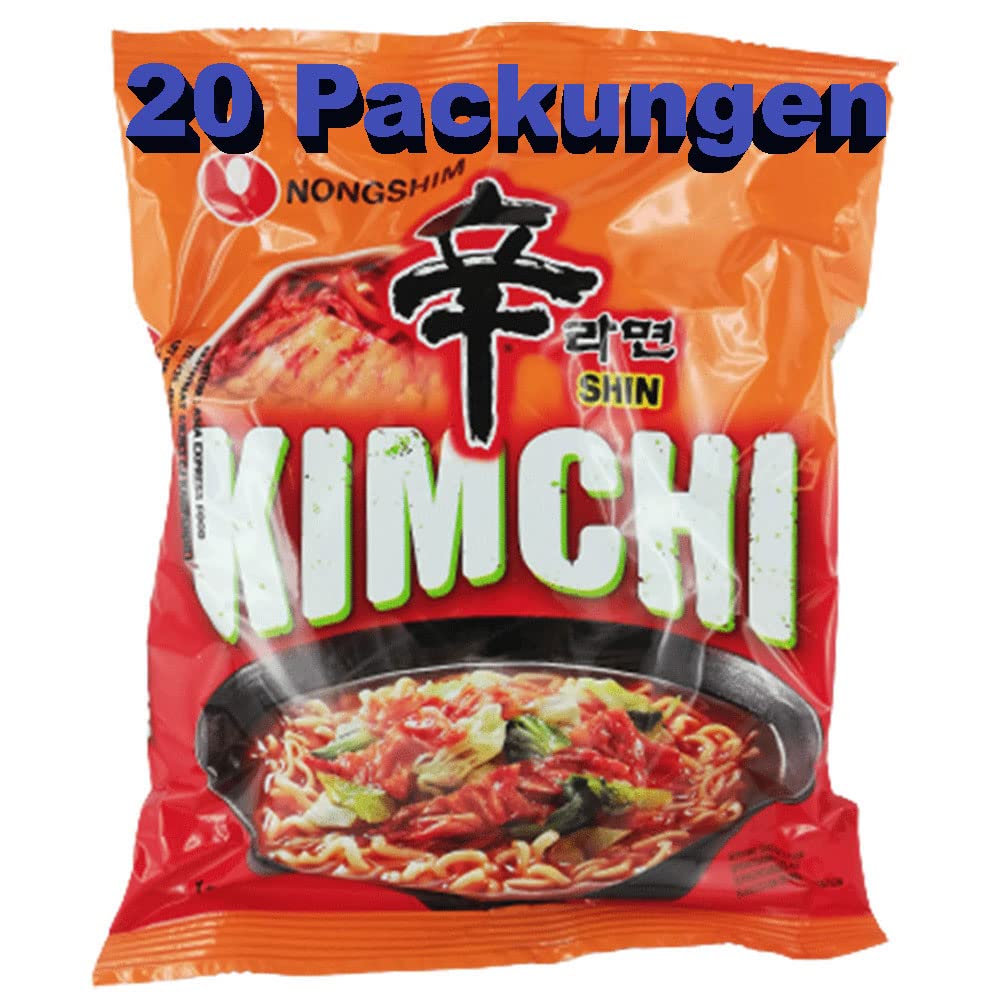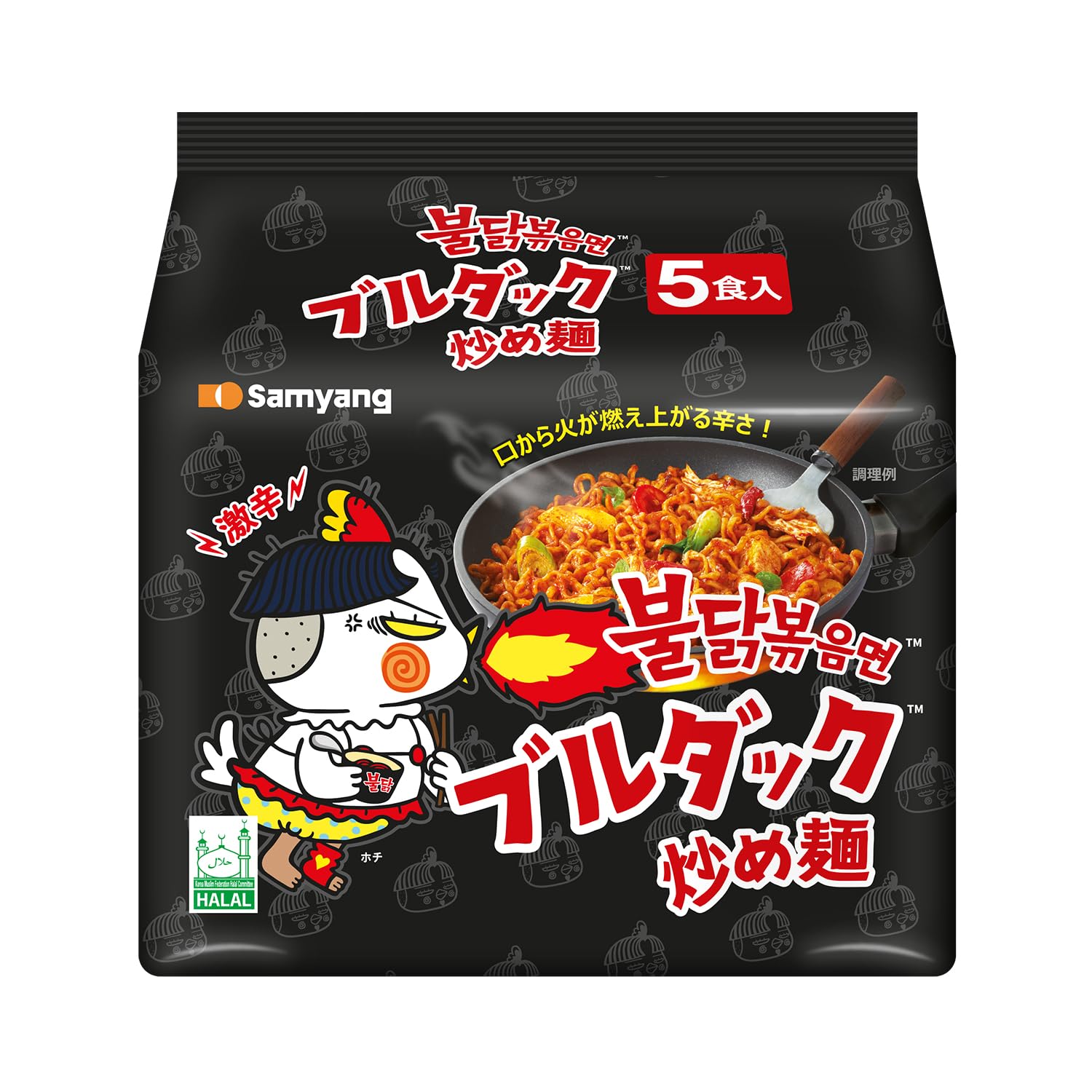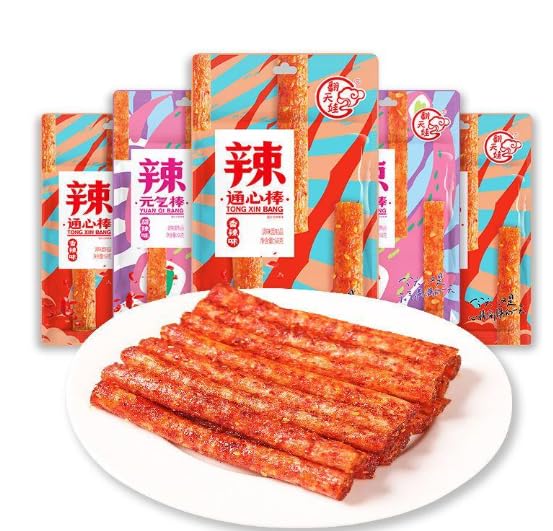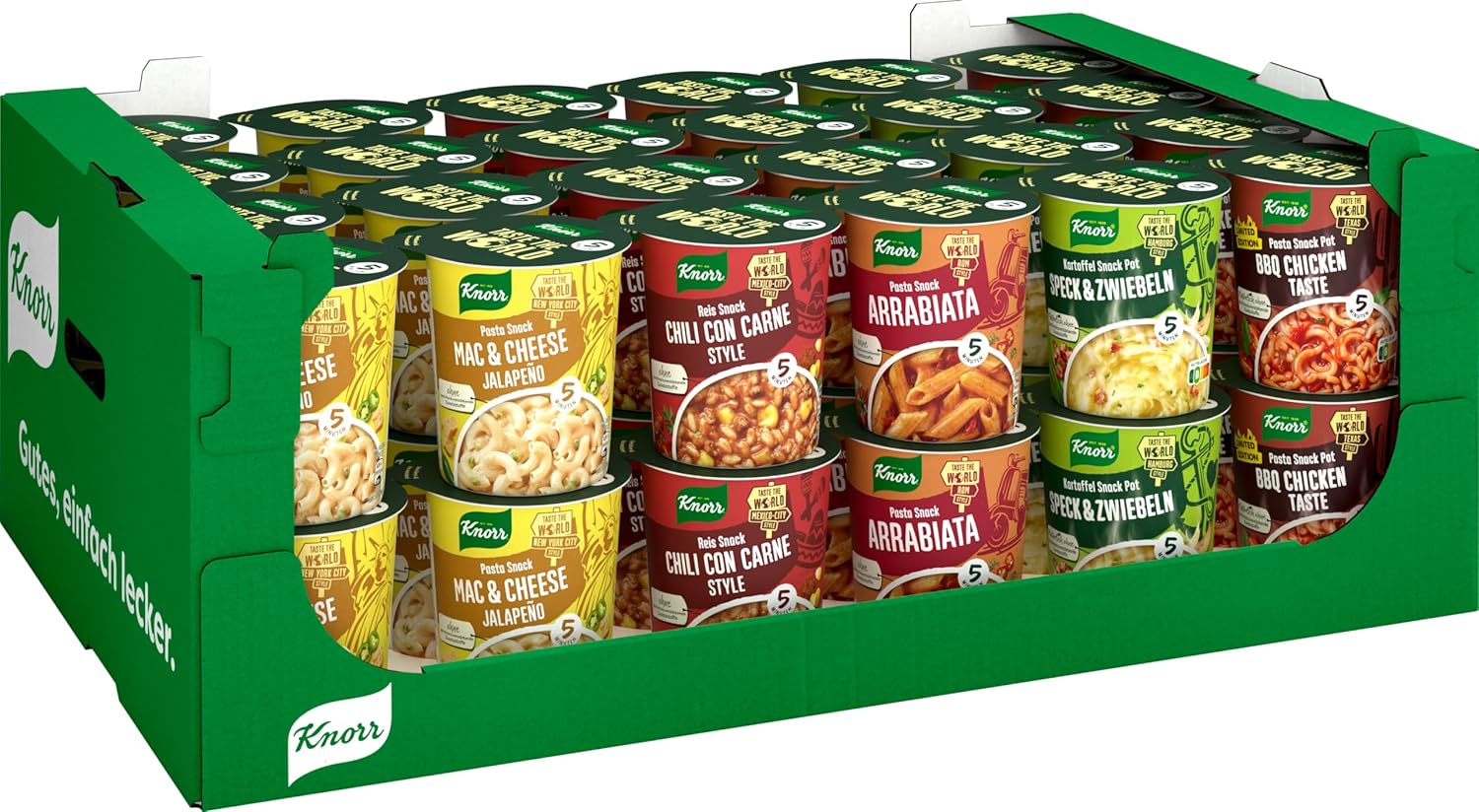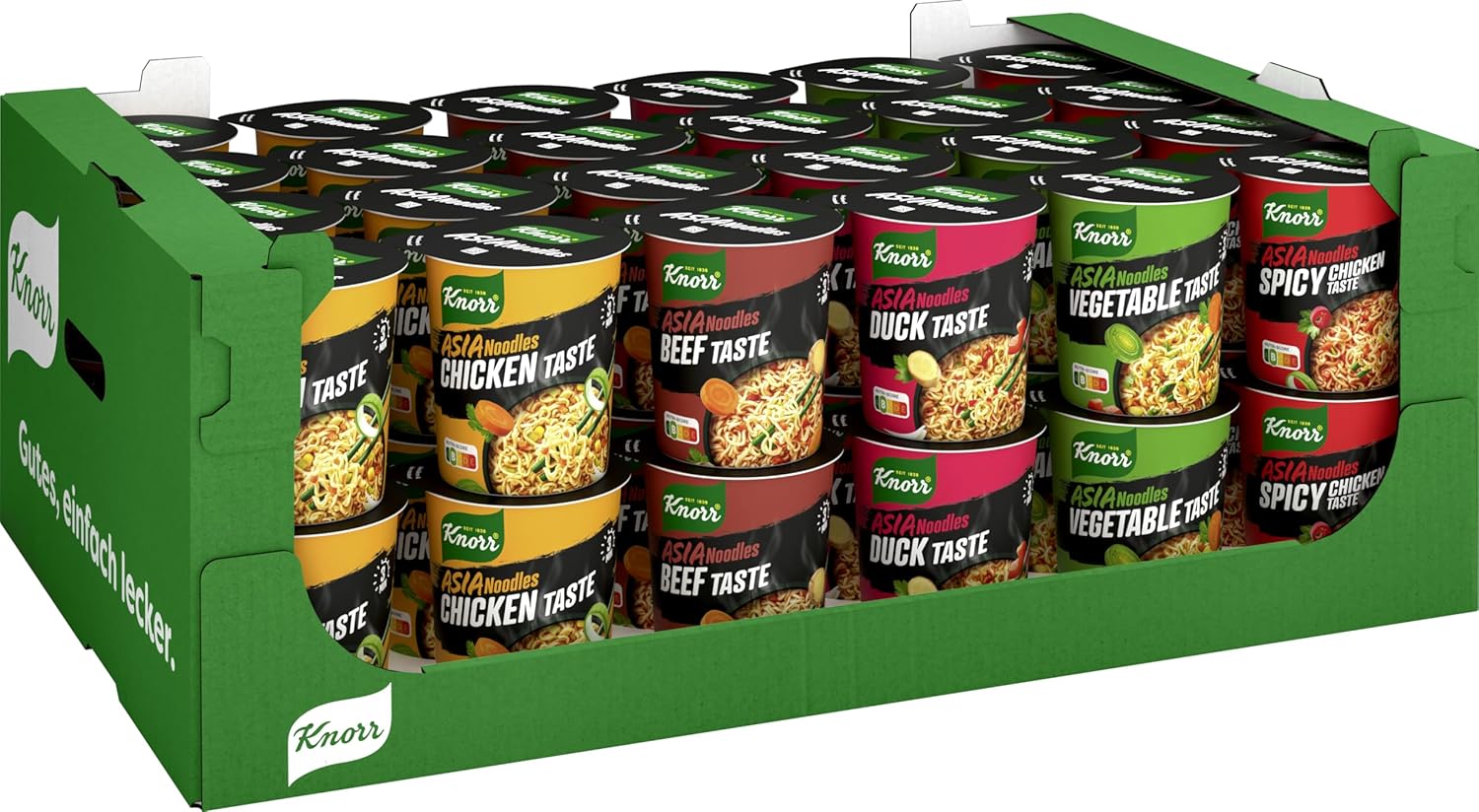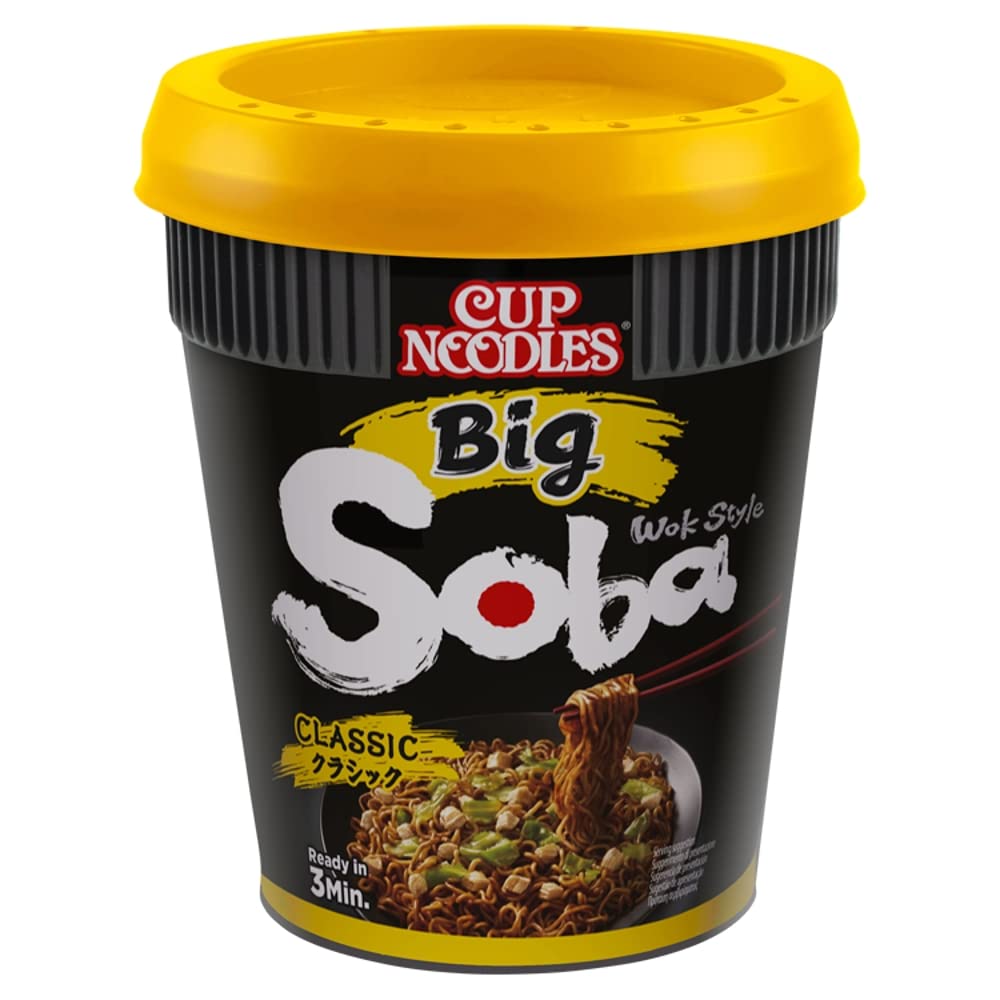Are you torn between craving a warm bowl of ramen or a steaming plate of pho? Both dishes are famous for their rich flavors and comforting qualities, but which one truly deserves a spot as your favorite?
Whether you love bold spices, tender noodles, or savory broth, this guide will help you discover which meal matches your taste and mood best. Keep reading, and by the end, you’ll know exactly which bowl to choose the next time hunger strikes.
Origins And History
Ramen and pho are two popular noodle soups with rich histories. Both dishes come from Asia but have very different stories. Their origins show how culture shapes food over time. Understanding their past helps appreciate their unique flavors and importance.
Ramen’s Japanese Roots
Ramen started in Japan in the early 1900s. It was inspired by Chinese wheat noodles. Street vendors sold ramen to workers needing quick meals. The dish grew popular after World War II. Cheap ingredients and easy cooking made ramen a staple food. Today, many regions in Japan have their own ramen style. Each uses different broths, noodles, and toppings.
Pho’s Vietnamese Heritage
Pho began in northern Vietnam in the early 20th century. It mixes French and Chinese influences with local flavors. The broth is slow-cooked with beef bones and spices. Pho became a comfort food for many Vietnamese families. After the Vietnam War, pho spread worldwide with immigrants. It remains a symbol of Vietnamese culture and pride.
Key Ingredients
Ramen and pho are two famous noodle soups from Asia. Each has unique ingredients that make it special. These key ingredients shape the taste and experience of each dish. Understanding them helps decide which one suits your taste better.
Noodles And Broth
Ramen uses wheat noodles. They are thick and chewy. The broth is rich and often made from pork or chicken bones. It can be salty, spicy, or creamy. Pho noodles are made from rice. They are thin and soft. Pho broth is clear and light. It cooks slowly with beef bones and spices like star anise and cinnamon.
Meat And Toppings
Ramen usually has pork slices, boiled eggs, and seaweed. Sometimes corn or bamboo shoots join the mix. Pho mainly features thin beef slices or chicken. Fresh herbs like basil, cilantro, and lime add brightness. Bean sprouts and chili slices bring crunch and heat.
Flavor Profiles
Flavor is the heart of any noodle soup. Ramen and pho offer very different tastes that reflect their origins. Both have unique profiles that delight the palate in special ways. Understanding these flavors helps you choose your favorite.
Ramen’s Richness
Ramen broth is deep and full-bodied. It often uses pork, chicken, or seafood as a base. The broth simmers for hours, creating a thick, savory taste. Soy sauce, miso, or salt add extra layers of flavor. Ramen noodles soak up this richness well. The toppings, like eggs and pork belly, add more depth. Every bite bursts with umami and warmth.
Pho’s Freshness
Pho broth is clear and light but flavorful. It cooks with spices like star anise and cinnamon. This gives pho a sweet and aromatic scent. Fresh herbs like basil and cilantro add brightness. Lime juice and chili bring a zesty kick. Pho noodles are soft and thin, matching the broth’s lightness. The overall taste feels clean and refreshing.
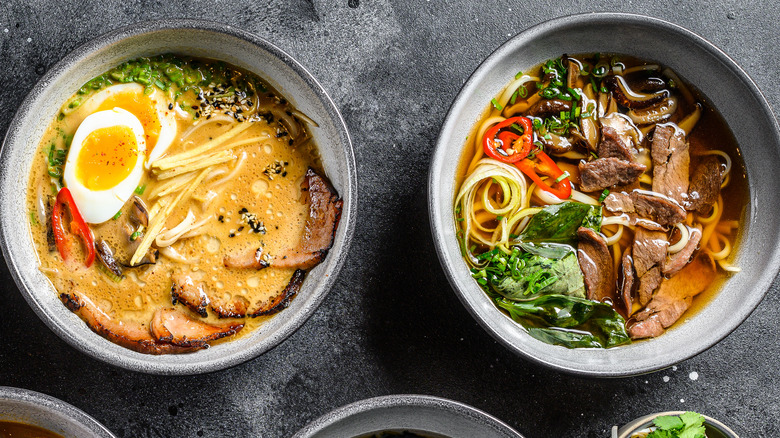
Credit: www.tastingtable.com
Preparation Techniques
Preparation techniques shape the taste and texture of ramen and pho. Both dishes start with careful steps that build rich flavors. Broth and noodles play key roles in each bowl. How cooks prepare these elements makes each soup unique and delicious.
Broth Simmering
Ramen broth simmers for many hours, often 10 to 12 or more. Bones, meat, and vegetables release deep flavors. The broth thickens and becomes rich. Different types of ramen use pork, chicken, or fish bases. Seasonings like soy sauce or miso add extra taste.
Pho broth simmers gently for about 6 to 8 hours. Beef or chicken bones are common. Spices like star anise, cinnamon, and cloves give pho its special aroma. The broth stays clear and light but full of flavor. Simmering slowly is key to perfect pho broth.
Noodle Crafting
Ramen noodles come from wheat flour with egg. They are firm and chewy. Noodle thickness varies by ramen style. Some are thin and straight; others thick and wavy. Fresh ramen noodles are often made daily in shops.
Pho noodles are made from rice flour. They are soft and silky in texture. Pho noodles are flat and wide. They cook quickly and absorb broth flavors well. Rice noodles give pho its light, smooth feel.
Cultural Significance
Food often tells a story beyond taste and ingredients. It shows history, values, and identity of a culture. Ramen and pho are not just meals. They are symbols of their countries. Each soup connects people to their roots and traditions.
Ramen In Japanese Culture
Ramen began as a quick meal for workers in Japan. It grew into a beloved dish across all ages. Ramen shops are common gathering spots. People enjoy sharing bowls after work or school. The recipe varies by region, showing local pride.
Ramen represents creativity and hard work. Chefs craft unique broths and toppings. It reflects Japan’s love for detail and quality. Eating ramen is more than food. It is a comforting experience that links past and present.
Pho In Vietnamese Traditions
Pho is Vietnam’s national dish. It is eaten at breakfast and special occasions. Families pass down pho recipes through generations. The broth simmers for hours, showing patience and care.
Pho embodies Vietnam’s history and resilience. It blends Chinese, French, and local influences. Pho is a meal of unity and warmth. Sharing pho means sharing culture and stories. It is a daily ritual that strengthens bonds.

Credit: www.youtube.com
Health Considerations
Choosing between ramen and pho involves thinking about health. Both dishes have good and less healthy parts. Knowing their health details helps you pick the best option for your diet.
Nutritional Value
Ramen often contains more fat and calories. This is due to rich broth and fatty pork slices. Pho broth is usually lighter and lower in calories. It uses lean meats like chicken or beef. Pho has more fresh herbs and vegetables. These add vitamins and minerals to the meal. Ramen noodles are often made from wheat flour. Pho noodles are rice-based and gluten-free. This makes pho easier to digest for some people.
Dietary Options
Pho offers many choices for different diets. It can be made with chicken, beef, or tofu. It suits low-fat and gluten-free diets well. Ramen can be adjusted but often has more sodium. Some ramen broths contain MSG and additives. Pho broth is simpler with fewer processed ingredients. Both dishes can be vegetarian or vegan. Pho’s fresh herbs add natural flavor without extra salt. Ramen may need more changes to fit strict diets.
Global Popularity
Ramen and pho have become popular dishes far beyond their home countries. Both offer unique flavors and cultures. Their global reach shows how much people love noodle soups. Fans of both dishes enjoy the taste and experience they provide. Each has its own story about how it spread worldwide.
International Spread Of Ramen
Ramen started in Japan but grew fast outside Asia. Cities in the United States, Europe, and Australia serve many ramen shops. Ramen’s quick cooking time suits busy lifestyles. Instant ramen also helped its fame worldwide. People enjoy the rich broth and chewy noodles. Restaurants create new styles to attract local tastes. Ramen festivals and cookbooks keep the interest strong.
Pho’s Worldwide Appeal
Pho began in Vietnam and traveled with immigrants. It reached many countries through Vietnamese communities. Pho offers a fresh, light broth with herbs. This makes it popular in warm and cold climates. Many people like its balance of flavors. Pho shops appear in large cities globally. The dish is often chosen for breakfast or lunch. Its healthy image attracts health-conscious eaters too.
Choosing Your Favorite
Choosing your favorite between ramen and pho depends on many factors. Both dishes offer unique flavors and experiences. Understanding your own tastes and the setting helps make the choice easier.
Each soup has a special charm. One might suit your mood or occasion better. Let’s explore what can guide your decision.
Taste Preferences
Ramen has a rich, thick broth often made from pork or chicken. It tastes bold and savory. The noodles are chewy and thick, adding texture. Toppings like egg, pork, and seaweed add depth.
Pho has a clear, light broth with herbs like star anise and cinnamon. It tastes fresh and fragrant. The rice noodles are thin and soft. Fresh herbs and lime brighten the flavor.
Choose ramen if you want a hearty, strong taste. Pick pho for a lighter, aromatic meal. Both satisfy hunger but in different ways.
Occasion And Setting
Ramen feels cozy and warm, perfect for cold or rainy days. It suits casual dinners or quick meals. The rich broth warms the body and soul.
Pho fits well for a fresh, relaxing meal. It is great for lunch or a casual meet-up. The light broth feels refreshing and soothing.
Think about your mood and setting. Choose ramen to feel comforted and full. Choose pho to feel refreshed and light.
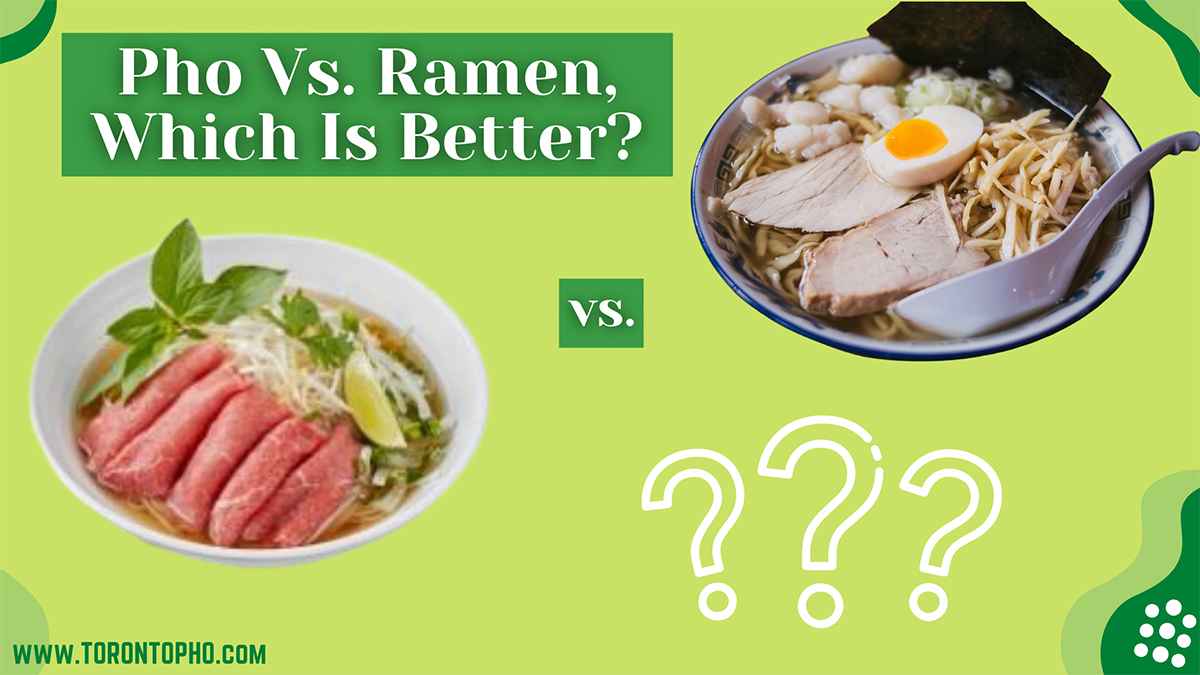
Credit: www.torontopho.com
Frequently Asked Questions
What Are The Main Differences Between Ramen And Pho?
Ramen is a Japanese noodle soup with rich, often pork-based broth. Pho is Vietnamese, featuring clear beef or chicken broth with rice noodles. Ramen uses wheat noodles; pho uses rice noodles. Their flavors, toppings, and cooking techniques reflect distinct cultural traditions.
Which Is Healthier: Ramen Or Pho?
Pho is generally healthier due to its lighter, clear broth and fresh herbs. Ramen often contains higher fat from pork broth and fried toppings. Pho’s ingredients are low in calories and sodium, making it a better choice for health-conscious eaters.
How Do Ramen And Pho Broths Differ?
Ramen broth is usually thick, savory, and slow-cooked with bones and seasonings. Pho broth is clear, aromatic, and simmered with spices like star anise and cinnamon. These distinct broths define each dish’s unique taste and aroma.
Can Ramen And Pho Be Customized Easily?
Yes, both dishes offer extensive customization. Ramen can include various broths, noodles, meats, and toppings. Pho allows additions like fresh herbs, lime, chili, and different proteins. Customizing enhances flavor and suits dietary preferences.
Conclusion
Ramen and pho each offer unique flavors and experiences. Ramen brings rich, savory broth with noodles and toppings. Pho offers fresh herbs and light, clear soup. Both dishes are healthy and tasty in their way. Choose what fits your mood and taste today.
Try both to find your favorite noodle soup. Enjoy the warmth and comfort in every bowl. Simple, delicious, and perfect for any meal.


